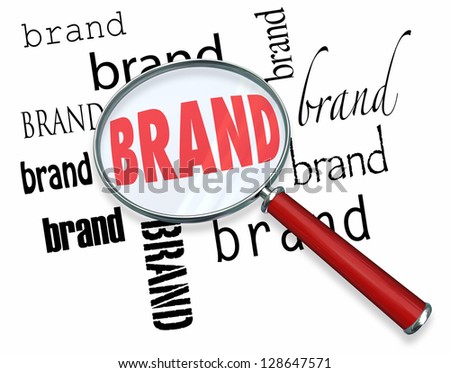
In response to Graham Kingma’s blot post, I fully agree that a company’s integrity and customer loyalty heavily rely on the transparency of their social media. However, I must add that transparency is also important in every aspect of marketing. In a society with increasing demand for product information, if important product aspects are ambiguous to consumers, then there will be a lessened opportunity for sales.
In 2004, independent filmmaker Morgan Spurlock took it upon himself to eat nothing but McDonalds for 30 days in his movie “Supersize Me.” The results of the movie were nothing like the world had ever seen before. Fast food was rarely questioned because nobody ever stopped to think that it was decreasing the life quality of a nation. In response, McDonalds was so threatened by the film’s powerful message, that they withdrew the “super size” option from their menus and evermore began implementing healthier options.
In 2013, it is much harder to get away with covering up damaging information. Most fast food stores have product health information posted somewhere visible in every location. Mandatory product transparency does not solely apply for the food industry. In 2008, Splenda was sued because their slogan, “Made From Sugar,” was actually nothing more than a “highly processed chemical compound made in a factory,” and this smeared Splenda’s brand.
In a knowledge-seeking society, it is becoming increasingly difficult to false advertise or cover up incriminating information. Needless to say, practising corporate social responsibility will create a higher lifetime value of customers and maintain a brand’s image.


